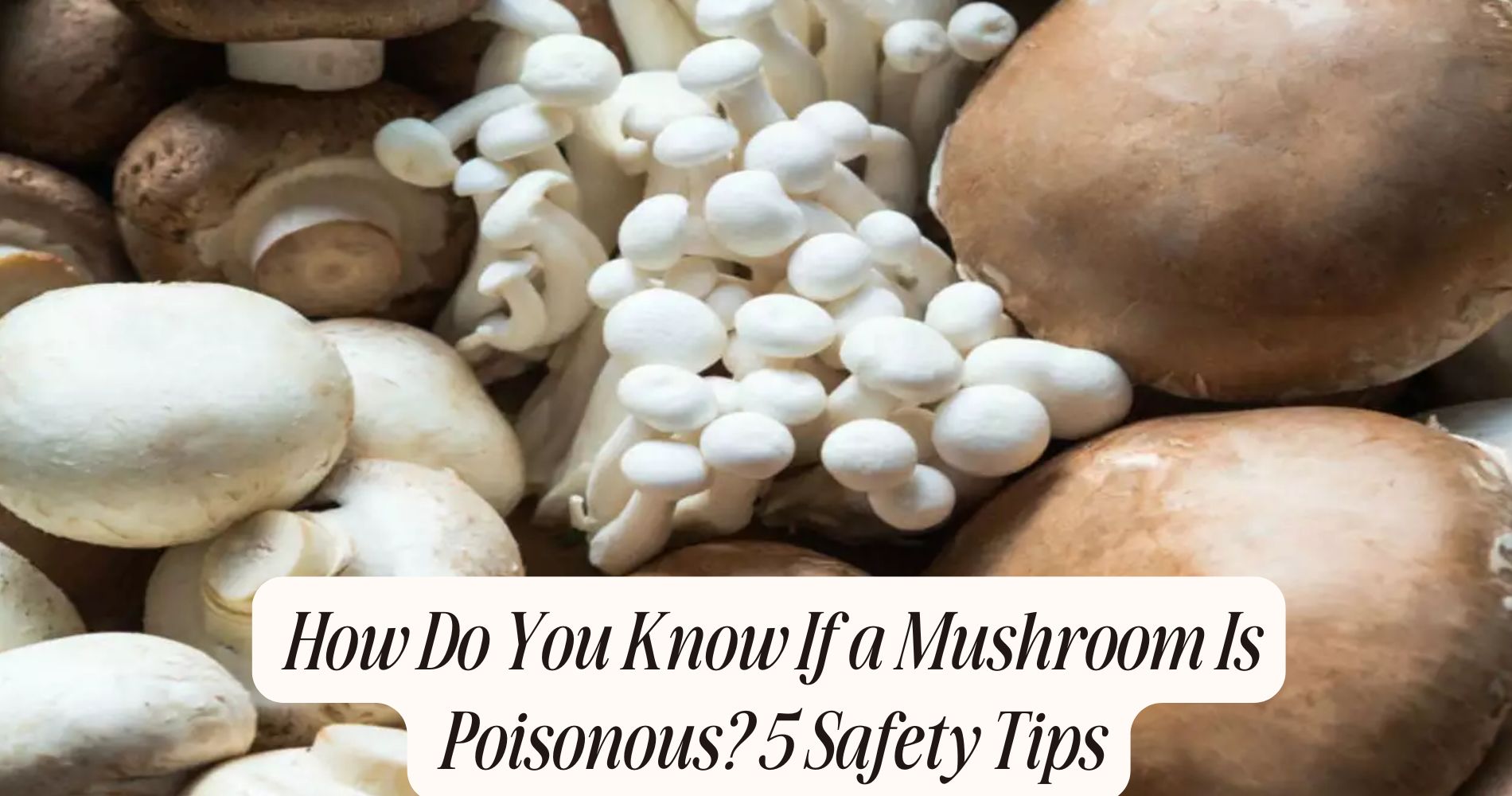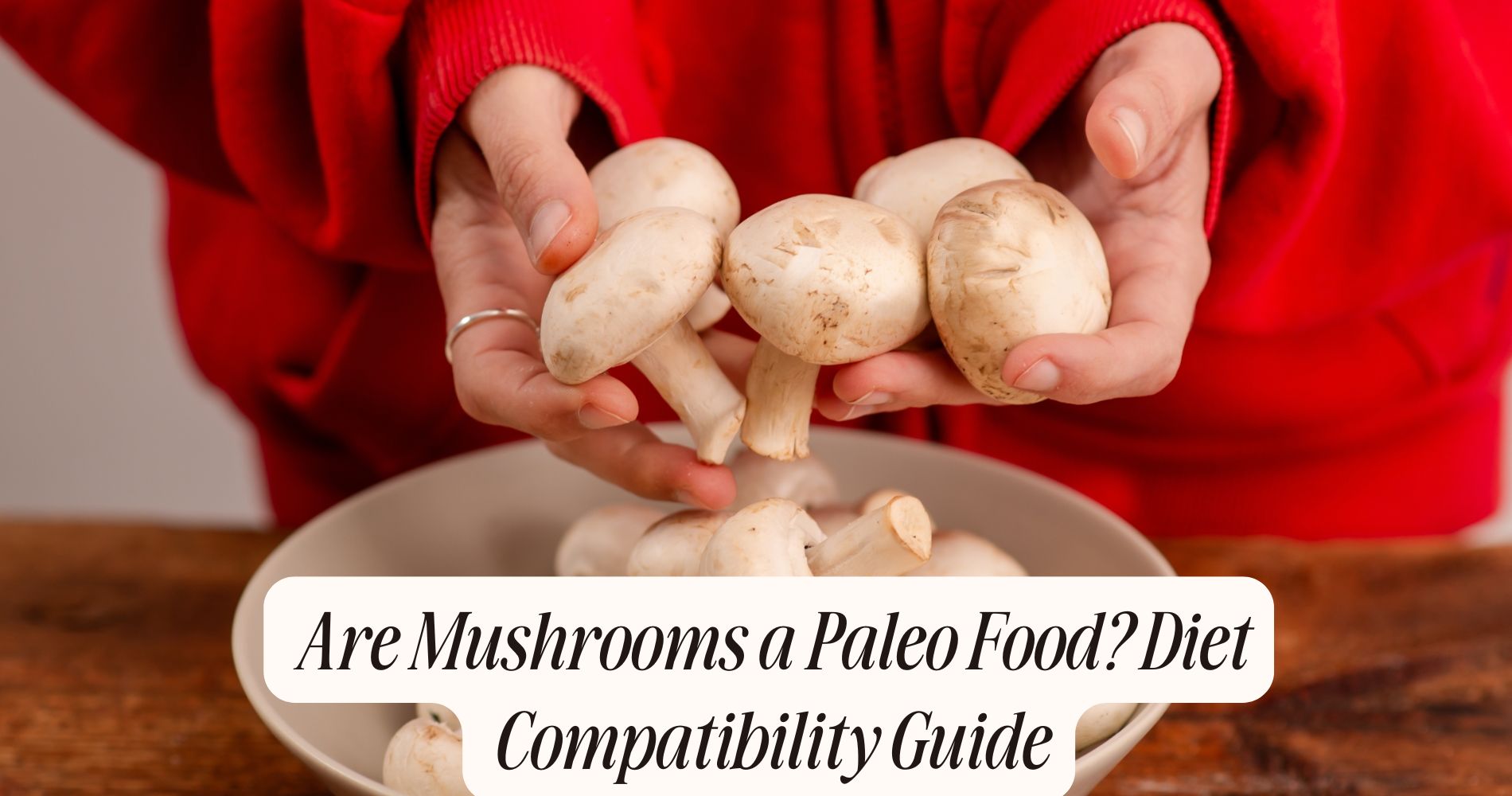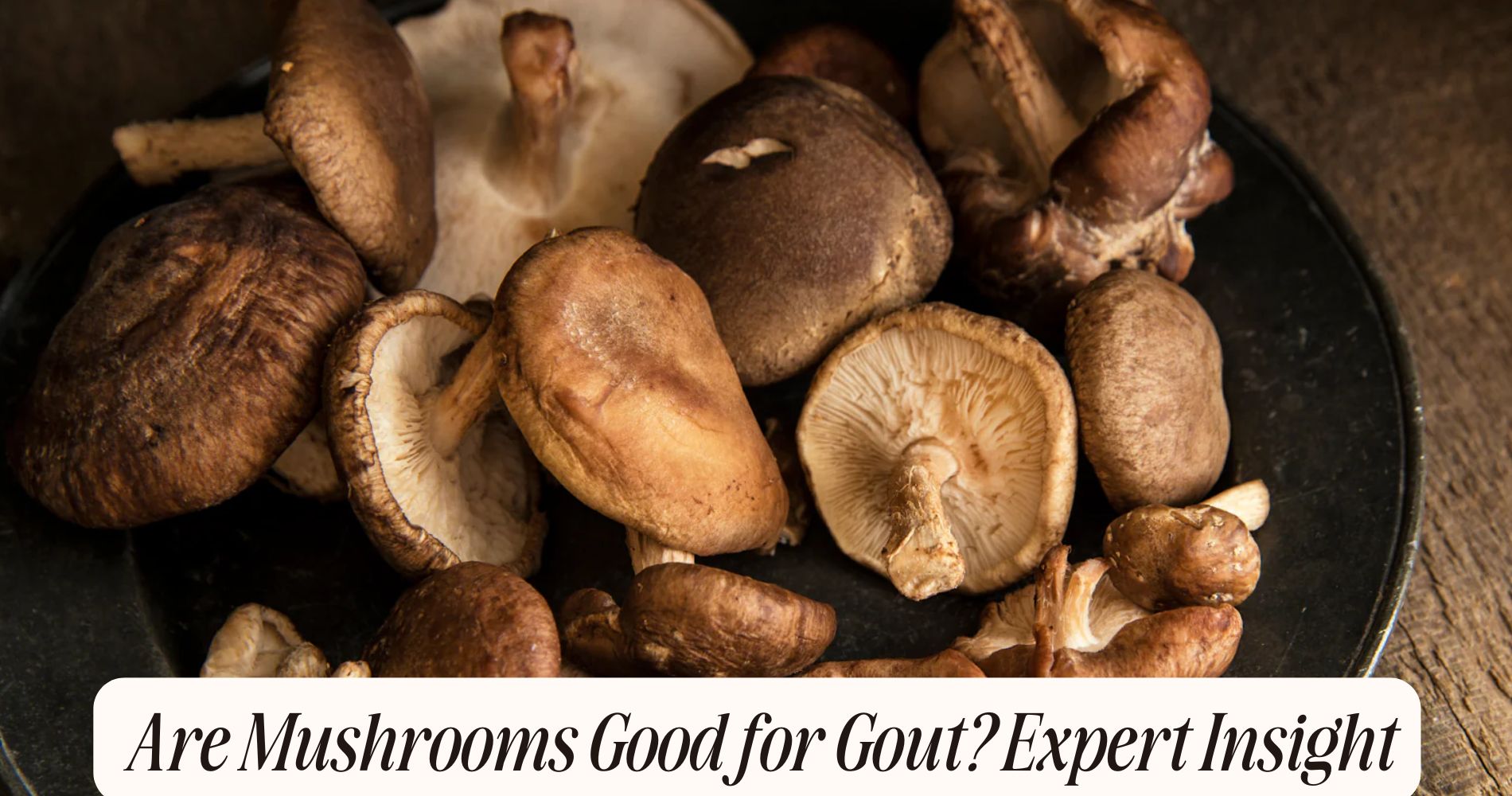
How Do You Know If a Mushroom Is Poisonous? 5 Safety Tips
How do you know if a mushroom is poisonous? To tell if a mushroom is poisonous, start by understanding its characteristics. Observe the cap shape, gill color, and take a spore print to identify it. Research local species and habitats to know which mushrooms are safe near you. Consult reliable field guides for accurate descriptions, focusing on regional varieties. Be cautious of common lookalikes—many edible mushrooms have toxic counterparts. Ultimately, trust your instincts; if something feels off, it's better to avoid it. There's so much more to learn about mushroom safety and foraging techniques that'll help you stay safe in the wild.
Understand Mushroom Characteristics
When you're out in the woods or a garden, spotting mushrooms can be intriguing, but knowing their characteristics is essential for your safety.
To identify mushrooms accurately, start by examining the cap shape. Caps can be flat, conical, or even wavy, and this shape can provide significant clues about the species.
Next, look closely at the gill color underneath the cap. Gill colors can range from white to dark brown, and they can tell you a lot about the mushroom.
Another important factor is the spore print. To take a spore print, place the cap gill-side down on a piece of paper for several hours. The color of the spores that fall will help in identification.
Finally, pay attention to the habitat type. Mushrooms grow in various environments, such as on wood, in soil, or near certain trees, and this can greatly narrow down your options.
Research Local Species
To guarantee your safety while foraging, it's essential to research the mushroom species that grow in your local area. Understanding the specific mushroom habitats in your region will help you identify both edible and poisonous varieties.
Different environments—like forests, meadows, or wetlands—harbor unique species diversity, and knowing these can greatly reduce your risk.
Start by visiting local nature centers or botanical gardens. They often provide resources or workshops that focus on regional mushrooms.
Additionally, connect with local mycology clubs or online forums where enthusiasts share their experiences and insights about local species. This community knowledge is invaluable.
Make a list of common mushrooms in your area, noting their characteristics, habitats, and any look-alikes that could confuse you.
Pay attention to seasonal variations, as some mushrooms are only present at specific times of the year.
Consult Field Guides
Using field guides is an essential step in identifying poisonous mushrooms accurately. These resources provide detailed descriptions, images, and information that help you distinguish between edible and toxic varieties. When choosing a field guide, look for ones that focus specifically on your region, as local mushrooms may differ greatly from those found elsewhere.
Start by familiarizing yourself with the key features of mushrooms, such as cap shape, color, size, gills, and stems. Use field guide resources to cross-reference your findings during mushroom identification. Pay attention to the habitat where you find the mushrooms, as some species thrive in specific environments.
It's also helpful to take notes and photos as you explore, creating a personal reference for future foraging trips. Remember, not all mushrooms that look similar are safe to eat. Field guides can highlight toxic lookalikes that you should avoid.
Before consuming any wild mushrooms, consult multiple field guides and, if possible, seek advice from experienced foragers. Your safety depends on accurate identification, so don't skip this vital step.
With the right resources and a cautious approach, you can enjoy foraging while minimizing the risks.
Avoid Common Lookalikes
As you venture into the world of mushroom foraging, it's vital to be aware of common lookalikes that can pose serious health risks. Many edible varieties have toxic species that closely resemble them, making it important to differentiate between the two.
For instance, the infamous Death Cap mushroom looks similar to the edible Puffball. If you're not careful, you could easily mistake one for the other.
When identifying mushrooms, pay close attention to subtle differences in color, shape, and size. Some toxic species might've slight variations in cap texture or gills, which can be easy to overlook.
It's a good idea to familiarize yourself with the identifying characteristics of both the edible varieties and their toxic lookalikes. You can also use a reliable field guide or smartphone app to help you discern between mushrooms.
Take your time and don't rush the identification process. If you're unsure about a mushroom's safety, it's best to err on the side of caution and leave it untouched.
Trust Your Instincts
Trusting your instincts is essential when it comes to mushroom foraging. While knowledge about mushrooms is vital, your gut feelings can guide you in making safe choices. If something about a mushroom doesn't feel right, it's better to err on the side of caution and avoid it.
Many mushroom myths can lead you to believe that certain characteristics guarantee safety, but these are often misleading. Don't let those myths override your intuition.
Instinctual foraging means paying attention to your surroundings and your feelings. If you spot a mushroom that looks unfamiliar, take a moment to assess it. Are you hesitating? That instinctual pause might be your mind's way of signaling danger.
Always trust that inner voice, especially if you're unsure about identification.
Frequently Asked Questions
Can I Eat Mushrooms From My Backyard?
You can eat mushrooms from your backyard, but you need to guarantee proper mushroom identification first. Foraging can be fun, but knowing which mushrooms are safe is essential to avoid potential dangers. Stay cautious!
Are All Wild Mushrooms Safe to Touch?
Not all wild mushrooms are safe to touch. You should practice caution and learn proper mushroom identification techniques. Always take safety precautions to avoid potential skin reactions or contamination from toxic species lurking in your backyard.
How Can I Tell if Mushrooms Are Fresh?
To tell if mushrooms are fresh, check their characteristics. Look for firm, plump caps without blemishes, and guarantee they're dry, not slimy. Fresh mushrooms also have a pleasant, earthy smell, not a strong odor.
Do Cooking Methods Affect Mushroom Toxicity?
Yes, cooking methods can affect mushroom toxicity. Some toxic compounds may break down with heat, potentially reducing danger. However, it's essential to identify mushrooms accurately first, as cooking won't neutralize all harmful substances. Stay cautious!
What Should I Do if I Suspect Mushroom Poisoning?
If you suspect mushroom poisoning, seek medical help immediately. Document your mushroom identification and monitor any poisoning symptoms like nausea or dizziness. Don't wait; prompt action can greatly improve outcomes in such situations.
Conclusion
To sum up, identifying poisonous mushrooms takes vigilance and knowledge. By understanding mushroom characteristics, researching local species, and consulting field guides, you can greatly reduce your risk. Always be cautious of common lookalikes and trust your instincts—if something feels off, it's better to err on the side of caution. Remember, when foraging, your safety is the top priority. Equip yourself with the right information, and enjoy your mushroom hunting adventures responsibly!




